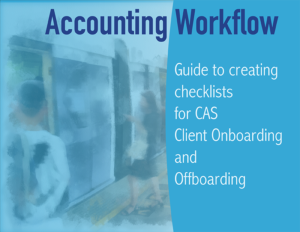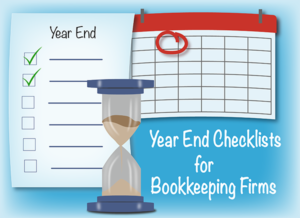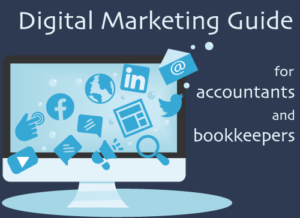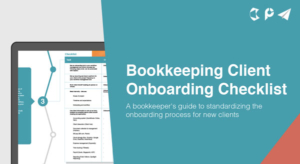Have you created or updated your bookkeeping firm’s client communication plan for 2022?
Communication is key to your bookkeeping firm’s success. Your clients want to stay in the know on all the things that affect their business. Developing a communication plan will help you stay consistent with your connection, cater to your client’s specific needs and preferences, and standardize practices across your firm. Here are some tips for creating your 2022 communication plan from your friends at Aero Workflow!
Know your target audience
The first step to creating a good client communication strategy for your bookkeeping firm is knowing your audience. You probably know the preferences of long-time clients pretty well. Does Client A typically respond to emails in the morning but not in the afternoon? Does Client B prefer phone conversations or virtual meetings? Understanding your demographic can be vital to smooth communication. Because every generation grows up with different tech, preferences vary widely. Figure out what works best in terms of convenience, comfortability, and efficiency.
Experiment with tech
Email is sort of the holy grail of business communication – but it doesn’t have to be that way! Try experimenting with the tech you use to communicate with clients. Is email the best way to go or might a phone call be more effective? Are there times when your specific communication needs would be best suited to an in-person or virtual meeting, where you and your client can see one another clearly. Additionally, there are all sorts of apps that make business communications simple! Slack, Microsoft Teams, Client Hub, and Liscio are all alternatives to email that help you deliver quick, short messages to clients. When making your communication plan, be sure to think of all the different ways and reasons you communicate with clients and what mediums will work best.
Teach by example
When it comes to communication with bookkeeping clients, it’s best to lead by example. If you want your clients to be prompt in responding to you, you must be prompt with your responses to them. Don’t be afraid to set the tone and parameters of the conversation.
Standardize your communications and stick to a schedule
Once you’ve got your communication preferences nailed down, along with your schedule, it’s important to document everything. The goal here is to create a procedure that you can look to time and time again. Each of your clients should receive the same treatment, regardless of which member of your team is attending them.
Next, you’ll want to make sure your schedules are well-documented. How often do you send out newsletters or updates about your firm? How often will you schedule meetings with certain clients? When do you send out reminders for gathering important information for tax season? Make a clear schedule and stick to it.
Delegate clearly
If you’re managing a team, it’s important that every member of that team knows what tasks fall on them. Internal communication is just as important as external communication. Once you’ve got your communication plan and schedule written down, it’s important to store these in a place that is easily accessible to all team members. Storing the documents digitally will ensure they can be accessed anywhere – just don’t forget to backup the files!
Always be responsive
Proving your reliability is important. Clients want to know that they can count on you and that your firm will handle their business efficiently. That’s why, for our last tip, we want to remind you of the golden rule of communicating with clients: be responsive. Part of your communication plan should include responses. For example, you can make a plan to respond to all emails from clients within a certain time frame. Set a goal and stick to it!
As we move to more digital forms of communication, retaining human connection is important. That’s why developing a plan for communicating with your clients can be so helpful. If you can set goals, stick to them, and understand your client’s needs, you’ll be able to foster those important client relationships with ease.











